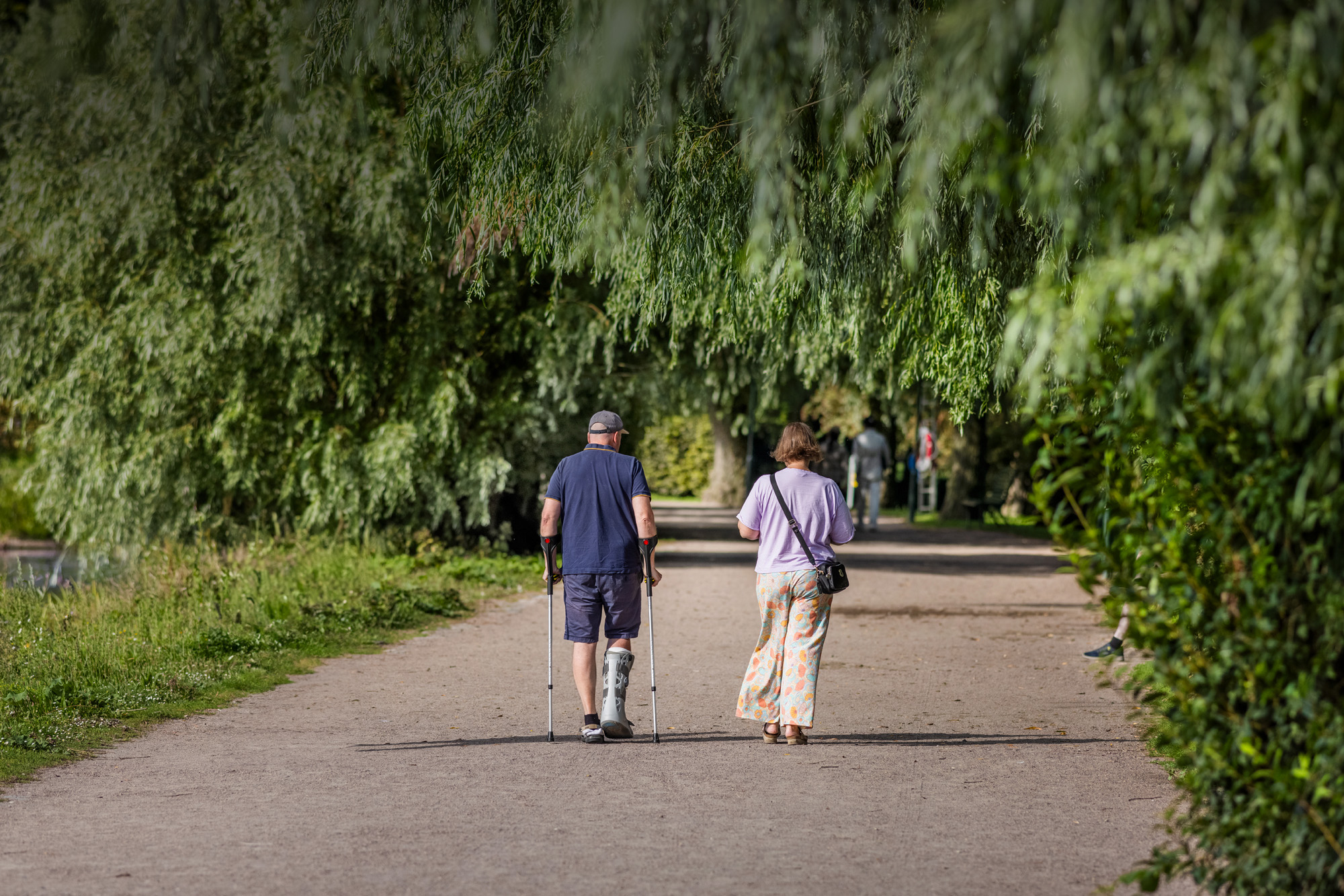
Naturo acts at the nexus of research, practice and policy to create an empirically tested framework that local governments can use to support the wider use of Nature Based Solutions across different user groups.
When managing urban Nature-based Solutions (NBS), it is crucial to consider the needs of different user groups, but this is sometimes challenging, especially for marginalised groups who might be excluded from meaningful use and related decision-making processes. Hence, it is important to study and understand the interplay between NBS and their management and use.
We re-develop existing urban NBS in small-scale, local, codevelopment interventions – Micro Urban Living Labs (MULLs) in three European cities. The MULLs are implemented by local governments, followed and evaluated by researchers, social innovators and policymaking experts from the three countries. This will support replication and transferability, thus helping to mitigate inequality in access to NBS across Europe.




Micro Urban Living Lab: Velenje
As part of the Naturo project, the goal in Velenje is to propose future development strengthening the parks climate resilience and increasing its appeal, especially for students during school hours.
Do you have questions or ideas and want to know more about Naturo? Don't hesitate to contact us:
SLU
Thomas Randrup
thomas.randrup@slu.se
Wageningen University
Arjen Buijs
arjen.buijs@wur.nl
UIRS
Barbara Goličnik
barbarag@uirs.si
EUKN
Martin Grisel
martin.grisel@eukn.eu
Tyresö kommun
Johanna Ronnheden
johanna.ronnheden@tyreso.se
'S Hertogenbosch
William Jans
w.jans@s-hertogenbosch.nl
Velenje
Juliana Sumic
julijana.sumic@velenje.si
LCC
Evelina Wahlqvist
evelina.wahlqvist@lcc.se
